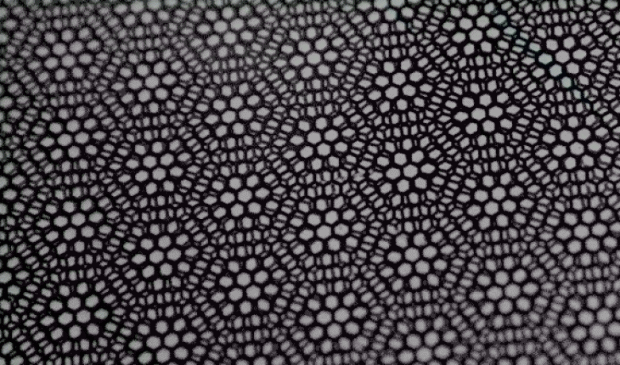
Breaking News
 Protecting a Societal Cancer with a Web of Lies
Protecting a Societal Cancer with a Web of Lies
 Col. Macgregor's Dire Warning For 2026!
Col. Macgregor's Dire Warning For 2026!
 The DYSTOPIAN Future of News: How AI Is DECIDING WHAT YOU THINK!!
The DYSTOPIAN Future of News: How AI Is DECIDING WHAT YOU THINK!!
 Former Israeli spies now overseeing US government cybersecurity
Former Israeli spies now overseeing US government cybersecurity
Top Tech News
 This tiny dev board is packed with features for ambitious makers
This tiny dev board is packed with features for ambitious makers
 Scientists Discover Gel to Regrow Tooth Enamel
Scientists Discover Gel to Regrow Tooth Enamel
 Vitamin C and Dandelion Root Killing Cancer Cells -- as Former CDC Director Calls for COVID-19...
Vitamin C and Dandelion Root Killing Cancer Cells -- as Former CDC Director Calls for COVID-19...
 Galactic Brain: US firm plans space-based data centers, power grid to challenge China
Galactic Brain: US firm plans space-based data centers, power grid to challenge China
 A microbial cleanup for glyphosate just earned a patent. Here's why that matters
A microbial cleanup for glyphosate just earned a patent. Here's why that matters
 Japan Breaks Internet Speed Record with 5 Million Times Faster Data Transfer
Japan Breaks Internet Speed Record with 5 Million Times Faster Data Transfer
 Advanced Propulsion Resources Part 1 of 2
Advanced Propulsion Resources Part 1 of 2
 PulsarFusion a forward-thinking UK aerospace company, is pushing the boundaries of space travel...
PulsarFusion a forward-thinking UK aerospace company, is pushing the boundaries of space travel...
 Dinky little laser box throws big-screen entertainment from inches away
Dinky little laser box throws big-screen entertainment from inches away
 'World's first' sodium-ion flashlight shines bright even at -40 ºF
'World's first' sodium-ion flashlight shines bright even at -40 ºF
Graphene superlattices could be used for superconducting transistors

The hexagonal honeycomb pattern is offset slightly, creating a precise moiré configuration that is predicted to induce strange, "strongly correlated interactions" between the electrons in the graphene sheets. In any other stacked configuration, graphene prefers to remain distinct, interacting very little, electronically or otherwise, with its neighboring layers.
The team, led by Pablo Jarillo-Herrero, an associate professor of physics at MIT, found that when rotated at the magic angle, the two sheets of graphene exhibit nonconducting behavior, similar to an exotic class of materials known as Mott insulators. When the researchers then applied voltage, adding small amounts of electrons to the graphene superlattice, they found that, at a certain level, the electrons broke out of the initial insulating state and flowed without resistance, as if through a superconductor.
"We can now use graphene as a new platform for investigating unconventional superconductivity," Jarillo-Herrero says. "One can also imagine making a superconducting transistor out of graphene, which you can switch on and off, from superconducting to insulating. That opens many possibilities for quantum devices."



